Difference between revisions of "Crust leather"
| Line 30: | Line 30: | ||
<p align=center> | <p align=center> | ||
| − | [[bild:Chrome-crust-belt-02.jpg| | + | [[bild:Chrome-crust-belt-02.jpg|500px]] |
</p> | </p> | ||
<p align=center> | <p align=center> | ||
| Line 40: | Line 40: | ||
wetting back - semi-processed leather is rehydrated. | wetting back - semi-processed leather is rehydrated. | ||
| + | |||
sammying - 45-55%(m/m) water is squeezed out the leather. | sammying - 45-55%(m/m) water is squeezed out the leather. | ||
| + | |||
splitting - the leather is split into one or more horizontal layers. | splitting - the leather is split into one or more horizontal layers. | ||
| + | |||
shaving - the leather is thinned using a machine which cuts leather fibres off. | shaving - the leather is thinned using a machine which cuts leather fibres off. | ||
| + | |||
neutralisation - the pH of the leather is adjusted to a value between 4.5 and 6.5. | neutralisation - the pH of the leather is adjusted to a value between 4.5 and 6.5. | ||
| + | |||
retanning - additional tanning agents are added to impart properties. | retanning - additional tanning agents are added to impart properties. | ||
| + | |||
dyeing - the leather is coloured. | dyeing - the leather is coloured. | ||
| + | |||
fatliquoring - fats/oils and waxes are fixed to the leather fibres. | fatliquoring - fats/oils and waxes are fixed to the leather fibres. | ||
| + | |||
filling - heavy/dense chemicals that make the leather harder and heavier are added. | filling - heavy/dense chemicals that make the leather harder and heavier are added. | ||
| + | |||
stuffing - fats/oils and waxes are added between the fibres. | stuffing - fats/oils and waxes are added between the fibres. | ||
| + | |||
stripping - superficially fixed tannins are removed. | stripping - superficially fixed tannins are removed. | ||
| + | |||
whitening - the colour of the leather is lightened. | whitening - the colour of the leather is lightened. | ||
| + | |||
fixation - all unbound chemicals are chemically bonded/trapped or removed from the leather | fixation - all unbound chemicals are chemically bonded/trapped or removed from the leather | ||
| + | |||
setting - area, grain flatness are imparted and excess water removed. | setting - area, grain flatness are imparted and excess water removed. | ||
| + | |||
drying - the leather is dried to various moisture levels (commonly 14-25%). | drying - the leather is dried to various moisture levels (commonly 14-25%). | ||
| + | |||
conditioning - water is added to the leather to a level of 18-28%. | conditioning - water is added to the leather to a level of 18-28%. | ||
| + | |||
softening - physical softening of the leather by separating the leather fibres. | softening - physical softening of the leather by separating the leather fibres. | ||
| + | |||
buffing - abrasion of the surfaces of the leather to reduce nap or grain defects. | buffing - abrasion of the surfaces of the leather to reduce nap or grain defects. | ||
Revision as of 23:44, 13 November 2016
Crust leather
Crustleder ist Leder, das nach der Gerbung getrocknet, aber noch nicht gefärbt ist. Bei chromgegerbten Ledern spricht man dann von "Chrom-Crust" oder bei pflanzlich gegerbten Ledern von "Pflanzen-Crust". Ein weiterer Begriff für "Crustleder" ist "Borke" oder "Borkeleder".
Crustleder wird nur selten weiterverarbeitet. Meist werden die Leder vor der Verarbeitung noch gefärbt und zugerichtet.
"Pflanzencrust" - "Chromcrust"
Pflanzliche Crustleder verarbeitet.
Unusual. Chrom-Crust weiterverarbeitet. Die Färbung ist so nicht ansprechend. Daher eher eine "Billig-Lösung".
Crusting
Crusting is when the hide/skin is thinned, retanned and lubricated. Often a coloring operation is included in the crusting sub-process. The chemicals added during crusting have to be fixed in place. The culmination of the crusting sub-process is the drying and softening operations. Crusting may include the following operations:
wetting back - semi-processed leather is rehydrated.
sammying - 45-55%(m/m) water is squeezed out the leather.
splitting - the leather is split into one or more horizontal layers.
shaving - the leather is thinned using a machine which cuts leather fibres off.
neutralisation - the pH of the leather is adjusted to a value between 4.5 and 6.5.
retanning - additional tanning agents are added to impart properties.
dyeing - the leather is coloured.
fatliquoring - fats/oils and waxes are fixed to the leather fibres.
filling - heavy/dense chemicals that make the leather harder and heavier are added.
stuffing - fats/oils and waxes are added between the fibres.
stripping - superficially fixed tannins are removed.
whitening - the colour of the leather is lightened.
fixation - all unbound chemicals are chemically bonded/trapped or removed from the leather
setting - area, grain flatness are imparted and excess water removed.
drying - the leather is dried to various moisture levels (commonly 14-25%).
conditioning - water is added to the leather to a level of 18-28%.
softening - physical softening of the leather by separating the leather fibres.
buffing - abrasion of the surfaces of the leather to reduce nap or grain defects.
Additional information







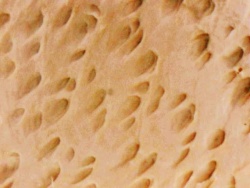
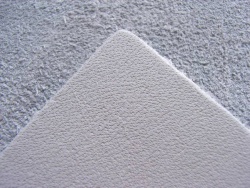
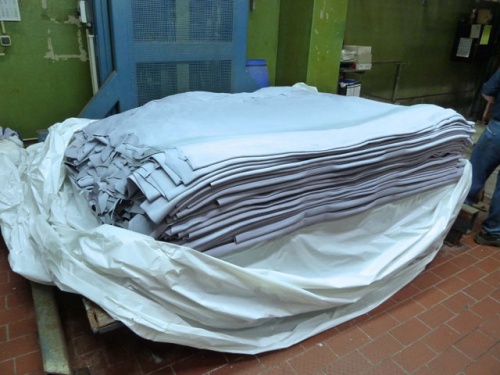
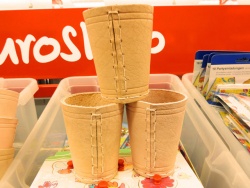
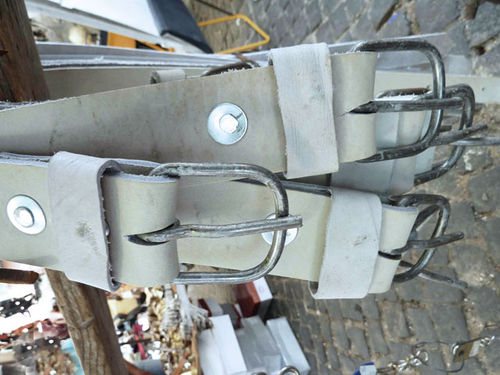

 a kotori web solution
a kotori web solution